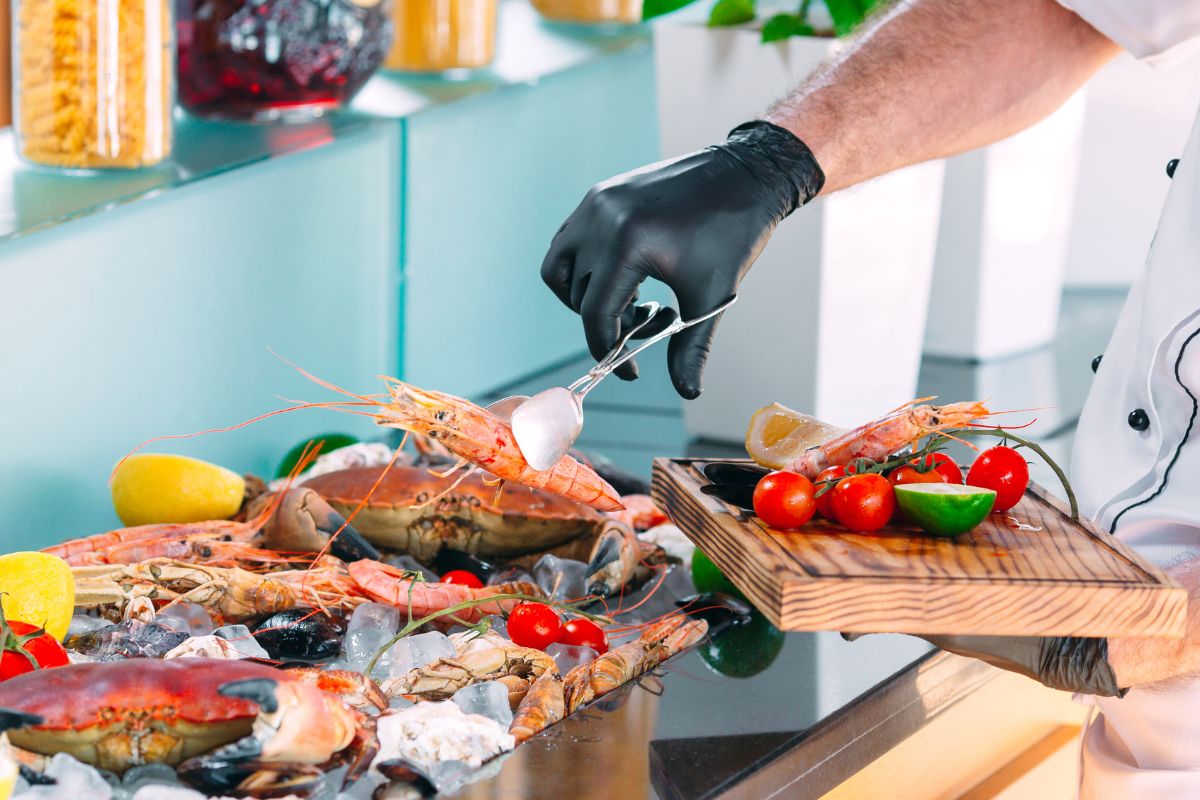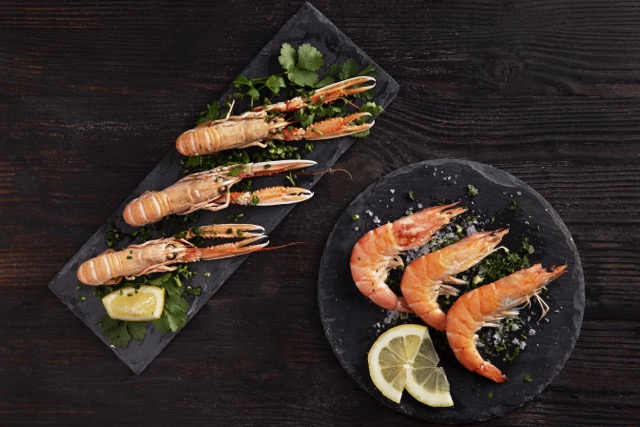TOP Hospitality trends
Even though consumer demands are constantly changing, the most significant trends in the hospitality industry are the following:
Digitalization and Artificial Intelligence (AI) in Hospitality
Adopting digital technologies has become a critical factor for staying competitive in managing hospitality establishments. According to a report by the National Restaurant Association (NRA), 74% of restaurant owners are investing in technology, and 88% recognize its importance for overcoming future challenges.
Reducing food waste
Food waste remains a significant challenge in hospitality. According to the U.S. Environmental Protection Agency (EPA), 30-40% of the food supply is wasted in the United States each year. To address this, many states have passed laws aimed at reducing food waste, requiring restaurants and other food businesses to donate excess food or use it for composting. Establishments that fail to comply with food waste regulations could face fines, emphasizing the importance of reducing waste.
Traceability and Transparency
Demand for sustainable and traceable seafood products is increasing, along with the number of sustainable consumers. According to the Marine Stewardship Council (MSC), there is a high consumer awareness regarding sustainable seafood. In North America, consumers are increasingly opting for certified sustainable seafood, with many seeking more information about the species, origin, and fishing methods.
This has led to increased demand for certifications like MSC (Marine Stewardship Council), which ensures good practices in seafood farming. This trend is key in hospitality, where chefs aim to provide sustainable seafood without compromising quality or taste.
Increased Out-of-Home seafood and fish consumption
According to a study about Seafood consumption tens among U.S. Consumers, out-of-home consumption of seafood has increased over the years. This trend reflects growing consumer preference for healthy, high-quality protein options.
Seafood like shrimp, salmon, and mussels are among the most popular in the hospitality sector. Additionally, the rise of seafood dishes such as poke bowls, ceviches, and tuna tartares has fueled the demand for fresh, high-quality fish in restaurants.
Immersive dining experiences
Today’s consumers aren’t just looking for a good meal; they want a complete dining experience. Restaurants and hotels are betting on immersive experiences that combine food, entertainment, and emotion. From themed dinners inspired by molecular gastronomy to live shows accompanying the service, sensory experiences are key to customer loyalty.
According to a survey by Medallia Research, 61% of U.S. consumers are willing to pay more for unique and memorable dining experiences. This reinforces the idea that future hospitality won’t just serve food—it will offer unforgettable moments.
One example of this trend is the rise of interactive restaurants, where technology and food come together. In Japan, the Sagaya x TeamLab restaurant offers dinners where dishes come to life through digital projections on the table, creating a unique multisensory experience.
Gastronomic tourism and collaborations with local producers
Gastronomic tourism will continue to be a driving force in the hospitality sector in 2025. Spain, with its rich culinary heritage and regional products, is positioning itself as a key destination for travelers seeking authenticity in every bite. According to a Deloitte study, 70% of tourists choose their destination based on culinary offerings. This has encouraged restaurants to strengthen their collaborations with local producers to offer more authentic experiences.
Why is understanding hospitality trends important?
Staying updated on the trends that define the hospitality industry is crucial for staying competitive. The ability to quickly adapt to consumer demands and adopt new technologies is essential to survive in an increasingly demanding market. The trends we’ve discussed—such as digitalization, sustainability in hospitality, and creating unique dining experiences—are essential elements every establishment should consider.
Efficient management systems, data analysis, and the implementation of sustainable practices are critical to optimizing business performance and offering a service that stands out.
At Krustagroup, we are committed to offering sustainable, transparent products of the highest quality. If you’d like more information on how we can help you improve your seafood offerings or need advice on adapting to these trends, feel free to contact us. We are here to help transform your business and provide your customers with an unforgettable dining experience.
References:
- National Restaurant Association. (2023). Where operators plan to invest in tech. National Restaurant Association. https://restaurant.org/education-and-resources/resource-library/where-operators-plan-to-invest-in-tech
- U.S. Department of Agriculture. Food waste FAQs. USDA. https://www.usda.gov/about-food/food-safety/food-loss-and-waste/food-waste-faqs
- Marine Stewardship Council. Consumer insights. MSC. https://www.msc.org/en-us/consumer-insights
- Nguyen, L., Gao, Z., & Anderson, J. L. (2022). Perception shifts in seafood consumption in the United States. Marine Policy, 135, 105438. https://doi.org/10.1016/j.marpol.2022.105438
- Medallia. (2022). Medallia research finds 61 percent of consumers are willing to spend more for personalized experiences. Medallia. https://www.medallia.com/press-release/medallia-research-finds-61-percent-of-consumers-are-willing-to-spend-more-for-personalized-experiences/
- teamLab. (2017). Trendland [Press release]. https://www.teamlab.art/press/trendland1705/





